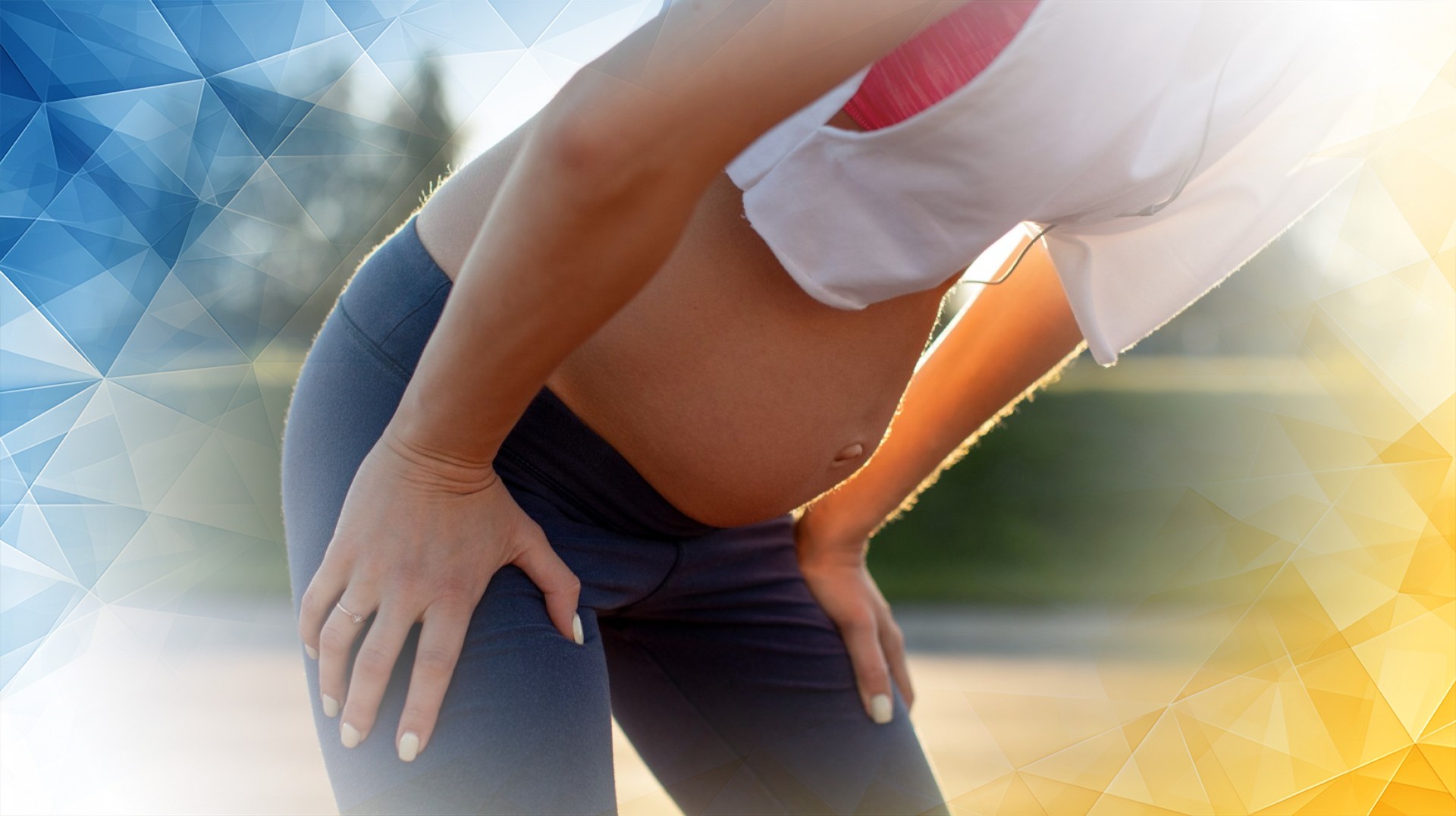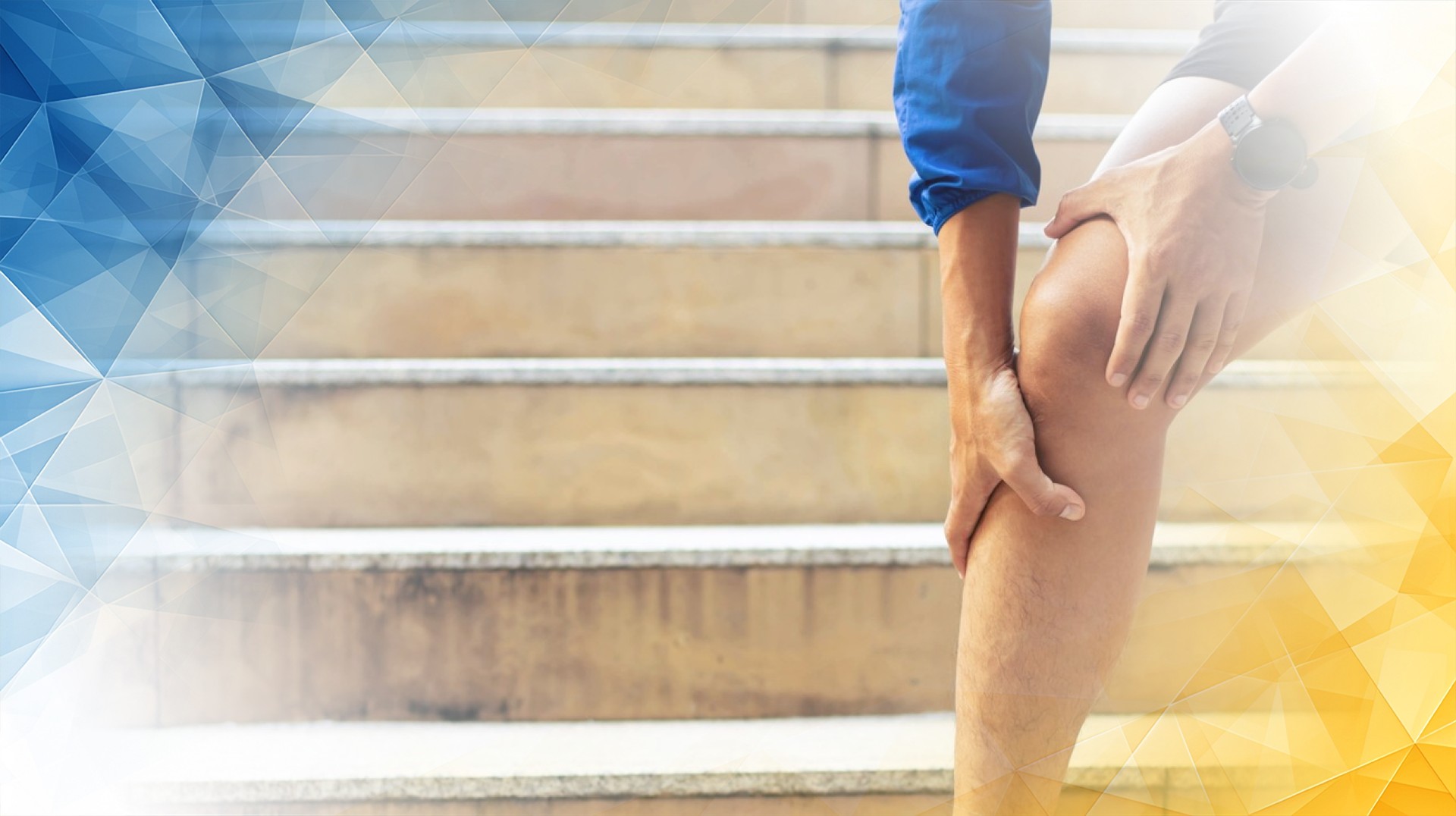



Lourdes Gurriel Jr. has built a reputation as one of baseball’s most dynamic and exciting players. Recently, however, he faced a major setback: a torn anterior cruciate ligament (ACL) in his knee. ACL injuries are unfortunately common in sports but serious enough to threaten even the most promising athletic careers. Understanding the impact of an ACL injury , what recovery entails, and how it might affect Lourdes’s future on the field can give us a clearer picture of what lies ahead for this talented player. In this article, we explore what an ACL injury involves , how it can affect an athlete’s game, and how Lourdes’s career might develop as he works his way back.
The ACL is one of the key ligaments in the knee, crucial for stabilizing the joint during sudden stops, twists, or quick changes of direction—all movements baseball players rely on. When the ACL tear s, it causes pain, swelling, and a sense of instability, making every movement more challenging.
Treatment for most ACL tear s includes surgery to repair or reconstruct the ligament, followed by a careful and often lengthy rehabilitation process. Recovery can take anywhere from six months to over a year, depending on the injury’s severity and the individual’s response to rehab. The overall aim is to restore strength, flexibility, and stability while preventing further damage.
For professional athletes like Lourdes Gurriel Jr., sticking to a personalized rehabilitation program is essential for a safe return to high-level play. The type of ACL tear may also affect recovery and the risk of further knee problems, such as cartilage or meniscus injuries , as highlighted in recent research. These considerations influence the recovery path and the long-term outlook for athletes.
Before his injury , Lourdes was lauded for his quick reflexes, agility, and powerful batting—all of which rely on strong, stable knees. His style depended on fast lateral movements and explosive sprints, movements that put significant stress on the knee joint .
An ACL tear changes the game, literally. Lourdes has had to adjust his approach—taking more care when running and fielding, and focusing on precision and control rather than raw speed. While a return to peak performance is possible, it often requires both physical and mental adjustments. Many athletes adapt their techniques, relying more on strategy and less on pure athleticism to stay competitive.
Psychological hurdles are just as significant. Trusting a previously injured knee can be difficult, and a lack of confidence may affect decision-making and overall performance. Lourdes’s commitment to both his rehab and adapting his playing style demonstrates remarkable determination, showing that while setbacks are challenging, they can also be opportunities for growth.
Recovering from an ACL injury is a demanding journey—physically and mentally. Lourdes’s rehabilitation likely included a mix of physiotherapy, strength training, and gradual reintroduction of baseball-specific skills. The focus is not only on healing and regaining movement but also on preventing complications like stiffness or instability.
Mental resilience is just as important as physical healing. Many athletes grapple with fear of re-injury and must learn to trust their bodies again. Lourdes’s disciplined approach to rehab and willingness to tweak his style—whether it’s adjusting his batting stance or positioning in the field—highlight his adaptability and commitment. These small changes can make a big difference, both in protecting the knee and in maintaining strong performance upon return.
Ongoing advances in surgical techniques and rehab allow athletes today to recover from ACL tear s with better outcomes than ever before. However, each recovery is individual, and the interplay between different knee injuries and healing rates means some uncertainty remains.
Lourdes Gurriel Jr’s ACL injury is a powerful reminder of how a single event can change the course of an athlete’s career. Understanding the nature of ACL tear s and the demanding recovery process helps us appreciate both the challenges he faces and the resilience required to overcome them.
For athletes and fans alike, Lourdes’s experience stands as an inspiring example: setbacks do not define a career. With determination, skilled care, and a willingness to adapt, it’s possible to return to top-level sport—sometimes even stronger and wiser than before.
Lourdes’s ongoing comeback is a testament to the power of resilience and the human spirit’s ability to rise above difficulty. As he works his way back onto the field, fans everywhere can look forward to watching him make his mark once again.
Chambat, P. (2013). ACL tear. Orthopaedics & Traumatology: Surgery & Research, 99(1), S43-S52. https://doi.org/10.1016/j.otsr.2012.11.012
Tan, L., Liang, J., Feng, J., Cao, Y., Luo, J., Liao, Y., Cao, X., Wang, Z., He, J., & Wu, S. (2022). Medial meniscus tears are most prevalent in type I ACL tears, while type I ACL tears only account for 8% of all ACL tears. Knee Surgery Sports Traumatology Arthroscopy, 31(6), 2349-2357. https://doi.org/10.1007/s00167-022-07068-2
Landreau, P., Catteeuw, A., Almqvist, K., & Meshram, P. (2023). ACL tear and cartilage lesions. IntechOpen. https://doi.org/10.5772/intechopen.111804
The London Cartilage Clinic offers advanced diagnostics and treatment for ACL injuries. Patients benefit from bespoke rehabilitation plans and cutting-edge surgical techniques. Prof Lee’s internationally recognised expertise ensures evidence-based care tailored to professional and amateur athletes, aiming for the safest and fastest return to sports performance.
Prof Lee has decades of experience treating complex knee injuries, including ACL and meniscus tears, in both elite athletes and active individuals. His reputation for precise surgical technique, combined with personalised rehabilitation protocols, leads to superior recovery rates and minimised risks of reinjury, supporting long-term joint health.
Recovery includes surgery, physiotherapy, strength training, and sport-specific skills reintroduction. Psychological support helps athletes regain confidence and trust in their knee. Prof Lee’s team at London Cartilage Clinic guides patients at every step, ensuring comprehensive healing and tailored training designed for a return to safe, optimal function.
With proper treatment and dedication, most athletes regain or even exceed their pre-injury performance levels. London Cartilage Clinic’s multidisciplinary approach, led by Prof Lee, supports physical recovery and addresses psychological barriers, enhancing the likelihood of a successful and sustained sports comeback for each patient.
The clinic provides regular follow-up assessments, preventative strategies for reinjury, and advice on maintaining joint health long-term. Prof Lee’s holistic approach includes education, advanced surgical techniques, and tailored rehabilitation, ensuring each patient has the tools and support needed for lasting mobility and fewer future complications.
All our treatments are selected to help patients achieve the best possible outcomes and return to the quality of life they deserve. Get in touch if you have any questions.
At London Cartilage Clinic, we are constantly staying up-to-date on the latest treatment options for knee injuries and ongoing knee health issues. As a result, our patients have access to the best equipment, techniques, and expertise in the field, whether it’s for cartilage repair, regeneration, or replacement.
For the best in patient care and cartilage knowledge, contact London Cartilage Clinic today.
At London Cartilage Clinic, our team has spent years gaining an in-depth understanding of human biology and the skills necessary to provide a wide range of cartilage treatments. It’s our mission to administer comprehensive care through innovative solutions targeted at key areas, including cartilage injuries. During an initial consultation, one of our medical professionals will establish which path forward is best for you.
Contact us if you have any questions about the various treatment methods on offer.
Legal & Medical Disclaimer
This article is written by an independent contributor and reflects their own views and experience, not necessarily those of londoncartilage.com. It is provided for general information and education only and does not constitute medical advice, diagnosis, or treatment.
Always seek personalised advice from a qualified healthcare professional before making decisions about your health. londoncartilage.com accepts no responsibility for errors, omissions, third-party content, or any loss, damage, or injury arising from reliance on this material. If you believe this article contains inaccurate or infringing content, please contact us at [email protected].